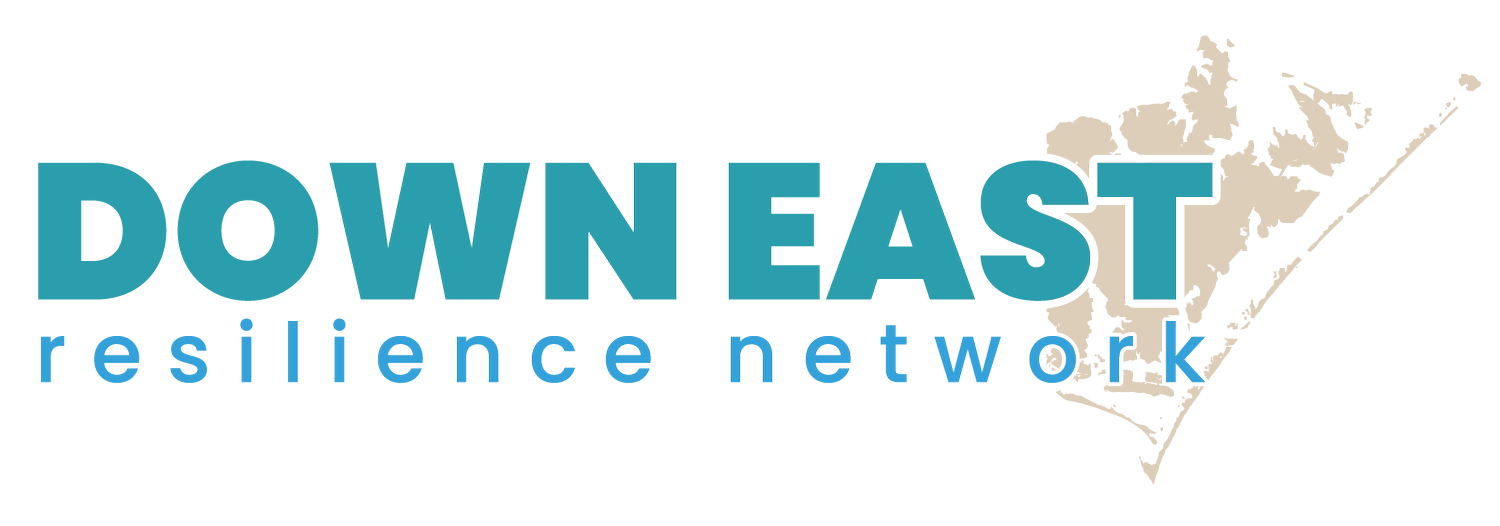Storm Prepardness
The Morehead City National Weather Service (NWS) office oversees Carteret County and much of eastern North Carolina for providing real time weather information and issues necessary watches and warnings to the public about storms. For the latest forecast information, be sure to use trusted sources like the local NWS office or the National Hurricane Center forecast. The NWS meteorologists work 24/7/365 to protect the communities that they oversee.
HURRICANES & TROPICAL STORMS
Determining whether a system is a tropical storm or hurricane is dependent on the wind speed of the storm and that influences the category classification. Do not only focus on the category of the hurricane! The category is determined by the Saffir-Simpson scale which is only determined by wind. Thus, this scale does not consider all other impacts that a hurricane could bring along. Thinking back to Hurricane Florence in 2018, that was only a Category 1 hurricane when it hit our coast and Down East is very familiar with the impacts.
The NWS offices will issue watches and warnings associated with the hurricane. A watch means that the impact described is possible, whereas a warning means that the impact is expected or is happening. There can be hurricane, tropical storm, storm surge, extreme wind, flash flood, flood, or tornado watches and warnings.
To find the most up-to-date information on tropical cyclones, the Morehead City NWS office posts weather briefings about impending hurricanes on their website and social media pages: Facebook, X (formerly Twitter), and Youtube. The office also posts on its website and social media frequently year-round to identify any potential weather threats.
IMPACTS
It is important to consider all hazards associated with a hurricane. A few of the potential impacts from hazards are explained below and should be taken into account when preparing for an incoming storm.
Storm Surge
One of the biggest killers of hurricanes is storm surge. Storm surge is water being pushed toward the land by winds associated with the hurricane. The National Oceanic and Atmospheric Administration has developed an interactive storm surge risk map to show how different categories of hurricanes could impact the amount of storm surge an area might experience.
High Winds
Winds are very powerful in tropical storms (39 to 73 mph) and hurricanes (74mph to 157 mph or higher). These strong winds can toss debris and cause damage to poorly constructed buildings. Fallen trees are one impact of high winds which can then down power lines or damage underground water lines. It is important to take shelter in a sturdy building when a tropical cyclone is moving inland.
Flooding
Hurricanes can bring in an extreme amount of rain. This can cause damage to homes and buildings as well as put standing water on the roads preventing safe travel. Flooding can persist for days after the storm has passed and has prolonged impacts on communities.
PREPARING FOR TROPICAL CYCLONES
With an incoming storm, residents need to know their risk when it comes to different hazards such as storm surge (explained more in depth below), flooding, and winds. You can be proactive ahead of time and take the following steps to prepare:
-
Develop an evacuation plan. If you need to evacuate, think about where you would go and how you would get there. It is important to know your evacuation zone in case you need to evacuate before or during a storm threat. All of Down East is in evacuation Zone A which means these residents would be the first requested to evacuate during an emergency.
-
Build a hurricane kit. Create a kit that includes enough supplies (i.e. non-perishable food, water, medicine, batteries, flashlights, etc.) for at least 3 days. However, if you are able, consider having enough supplies for a 7 day period as Down East it may take longer for water and power to become available following a storm.
-
Have a communication plan. Write down your emergency contacts and determine a safe place for your family to meet in case you all are separated. The internet and cell service may be unavailable during a storm, so writing this down for all family members will allow for them to know where you are going and who to call in case of an emergency.
There are also important measures to consider regarding strengthening your home and insurance. A list of resources regarding insurance and strengthening your roof is compiled in the resources section of this website.
*Thank you to Erik Heden at the Morehead City NWS office for guidance on this write up for DERN.






